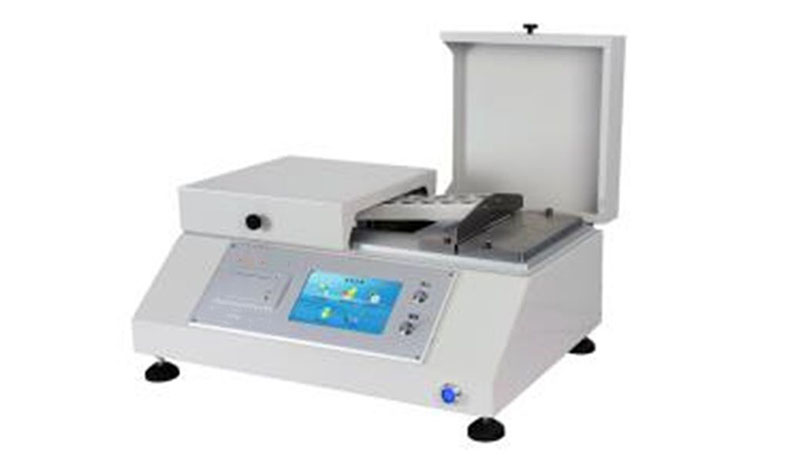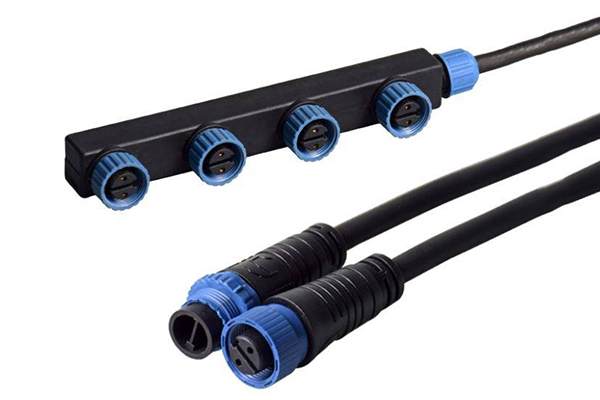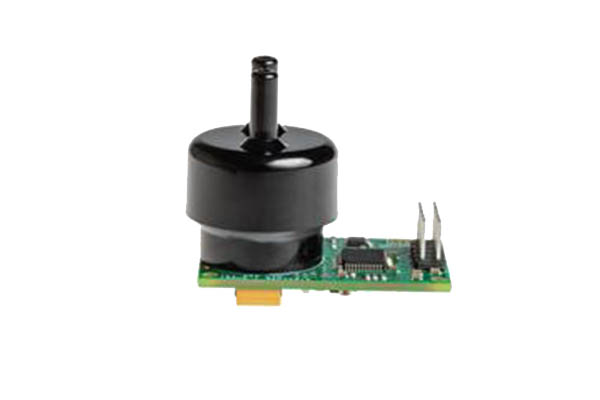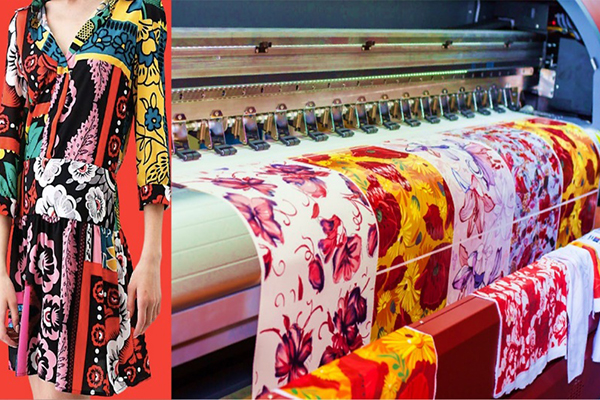Packaging gift boxes for baijiu, a Chinese white spirit, involve intricate craftsmanship and a wide range of materials. These materials include but are not limited to copperplate paper, gray cardboard, gold and silver foil, specialty paper, plastic, leather, metal plaques, holographic card paper, laser paper, laser-etched materials, and PET grid films. The complexity and uniqueness of the baijiu gift box design and materials, such as the color-shifting properties of holographic materials at different viewing angles, present challenges for quality control in packaging factories. This blog post aims to provide insights into how to effectively detect color differences in packaging gift boxes for baijiu.
Equipment and Software:
To detect color differences, the following equipment and software are recommended:
45/0 spectrophotometer and d/8 spectrophotometer.
SpectraMagic NX software.
The 45/0 spectrophotometer has a 45/0 optical structure, while the d/8 spectrophotometer has d/8 SCI (specular component included) and d/8 SCE (specular component excluded) optical structures.
Sampling of Packaging Gift Boxes:
For color difference testing, select 11 types of materials, including gold foil, silver foil, regular card paper, specialty paper, plastic, leather, metal, holographic materials, laser-etched materials, laser paper, and PET grid films, resulting in a total of 93 variations of packaging gift boxes. Each type of gift box should have standard samples, upper limit samples, and lower limit samples. The standard sample represents a complete packaging gift box, while the upper and lower limit samples consist of cut-out paper pieces from a specific area of the gift box. The samples should be chosen by the relevant departments within the company for color difference evaluation.
Instrument Parameters and Testing Conditions:
Instrument Parameters:
Light source: D50
Standard observer function: 2° viewing angle
Geometric conditions: 45/0, SCI, SCE
Measurement aperture: For color diameters larger than 11mm, use an 11mm aperture; for diameters between 6-11mm, use a 6mm aperture.
Color difference formulas: ΔEab, ΔE00 (with k and 1 both set to 1)
Testing Conditions:
Combine the geometric conditions and color difference formulas in the following six combinations for testing:
45/0 ΔEab
45/0 ΔE00
SCI ΔEab
SCI ΔE00
SCE ΔEab
SCE ΔE00
Testing Process:
Determine the Testing Conditions:
For materials such as holographic, laser, and PET grid films, which exhibit color and gloss variations at different viewing angles, select one sample of each material type and match their color difference values with visual results. The selected samples should have minimal color differences within the same batch, so the testing values should be below 6.
Establish the Testing Procedure and Verify Results:
Adopt a multi-point testing approach to comprehensively reflect the color difference of the samples. Test the standard samples using a 5-point method and the batch samples using a 3-point method.
Validate the Method with All Samples:
Verify the effectiveness of the testing method by using all samples, treating the standard samples as batch samples and conducting tests accordingly.
Conclusion:
The experimental testing methods discussed in this article provide guidance for effectively detecting color differences in packaging gift boxes for baijiu. By selecting appropriate testing conditions and establishing a convenient and reliable testing procedure, quality control personnel can effectively monitor the color quality of baijiu packaging gift boxes. The use of advanced spectrophotometers and specialized software ensures accurate and consistent color measurement, enabling manufacturers to deliver high-quality products to consumers.
Remember, accurate color control is essential for creating visually appealing and consistent packaging gift boxes, enhancing the overall branding and consumer experience in the competitive baijiu market.



